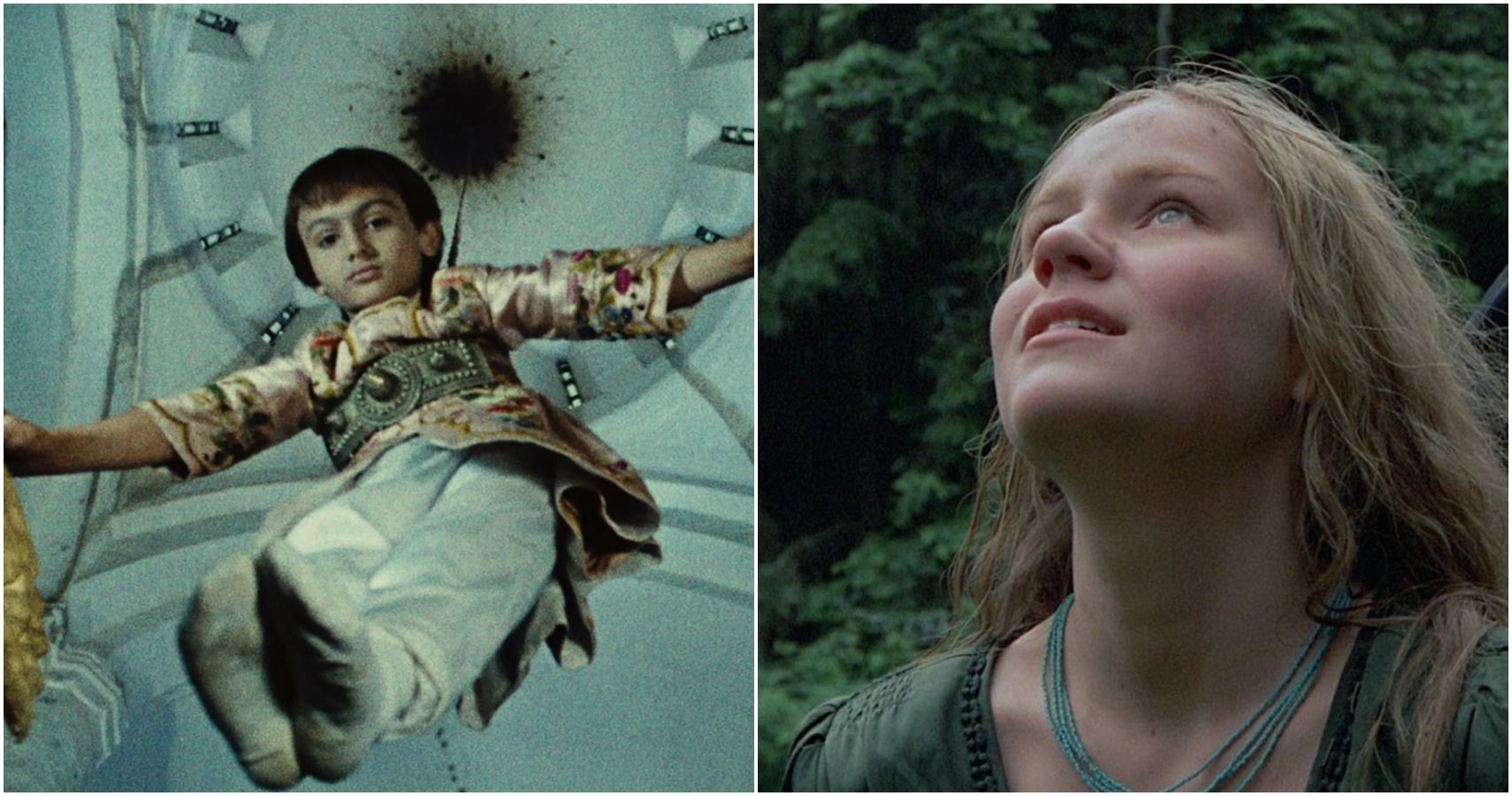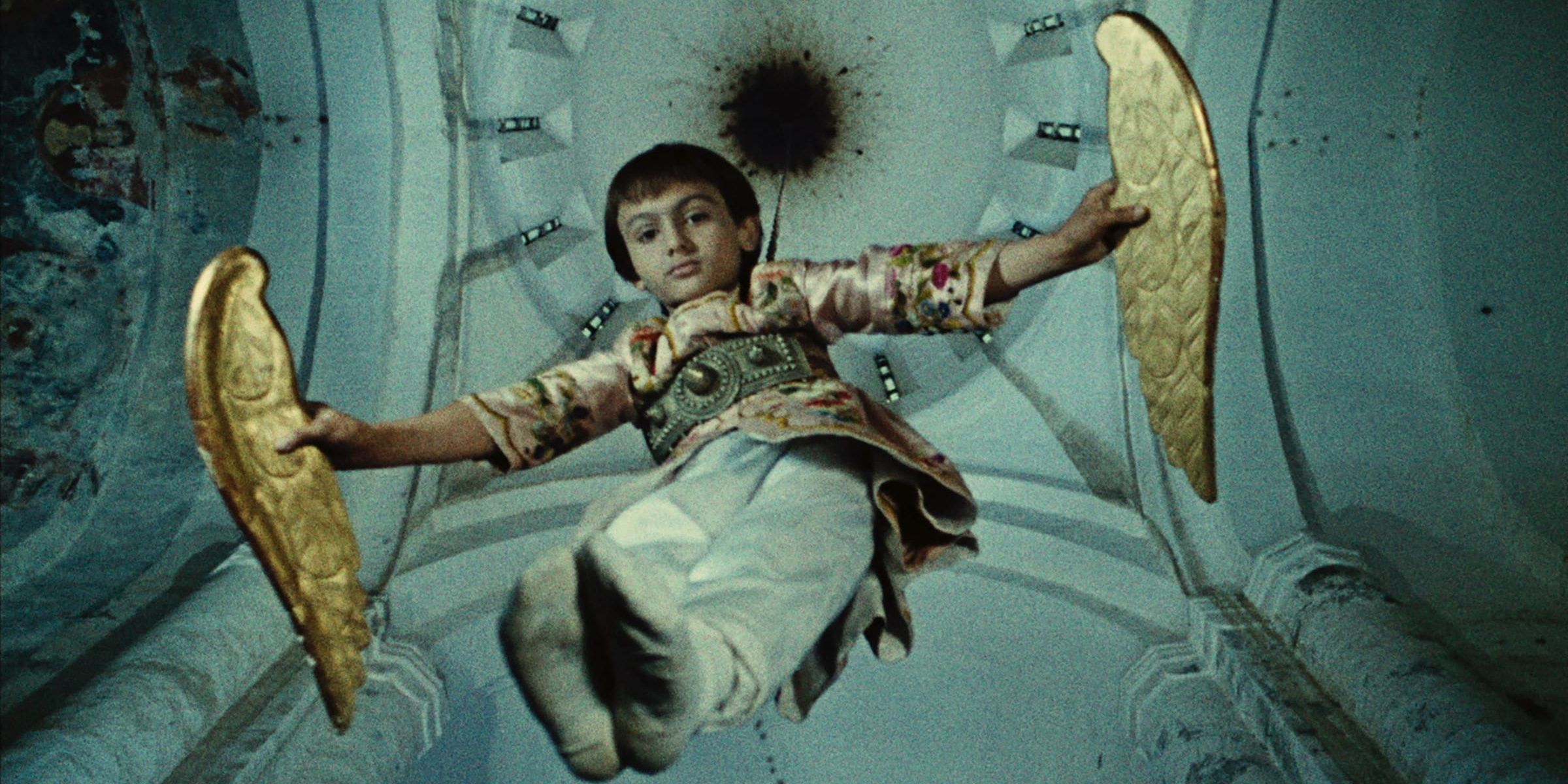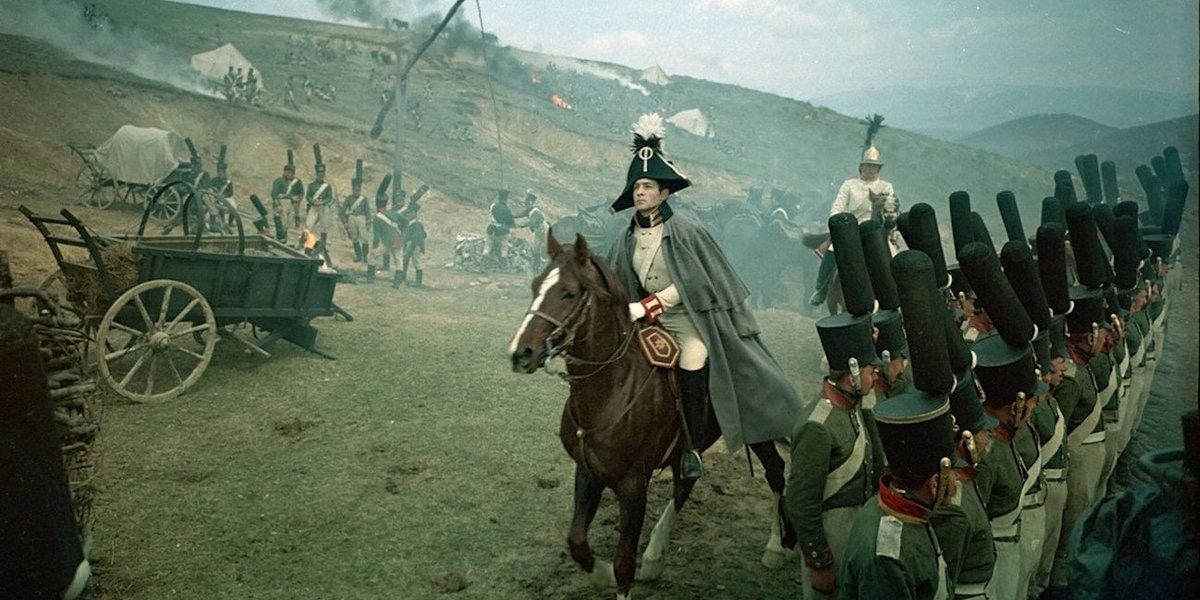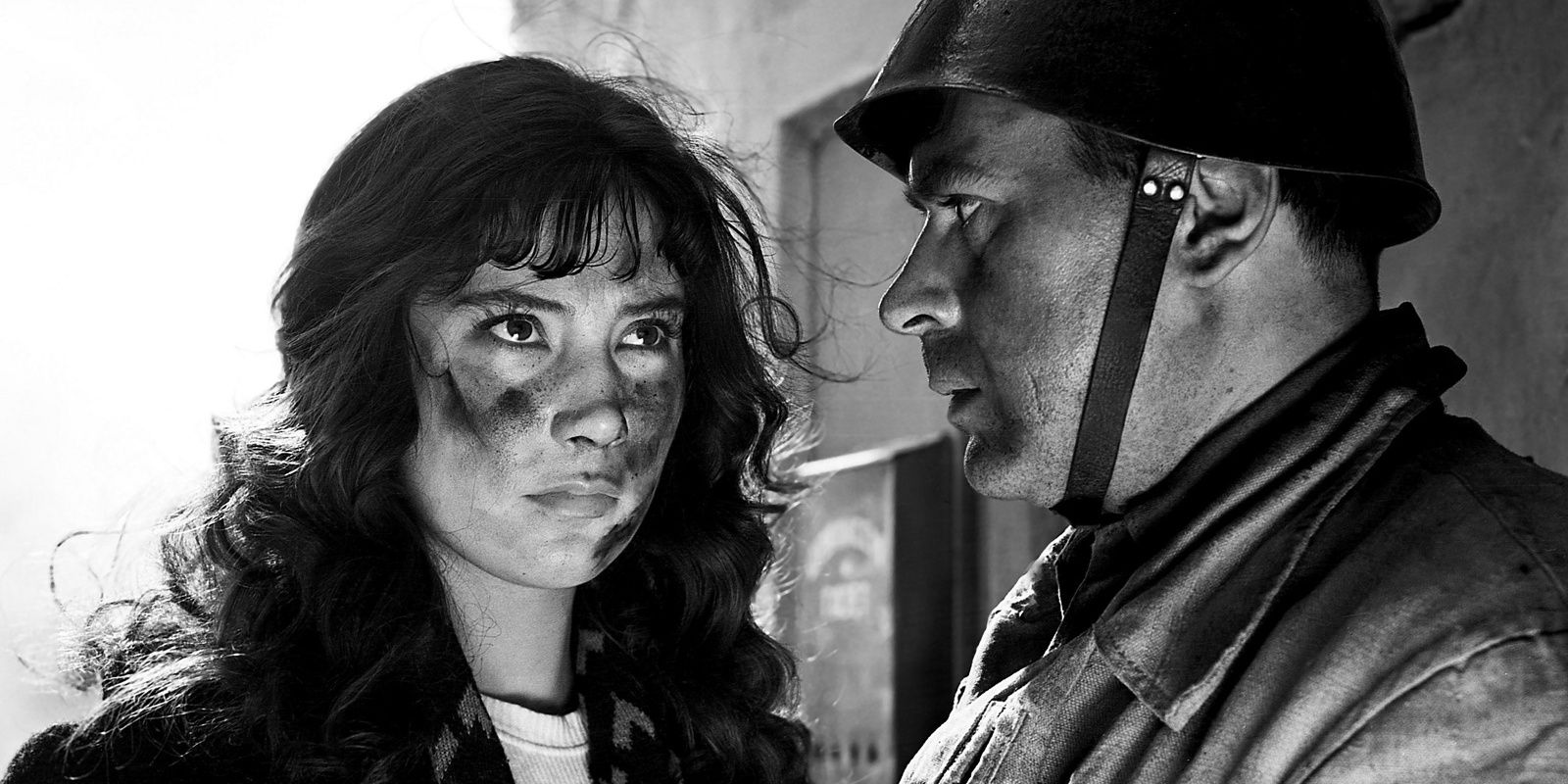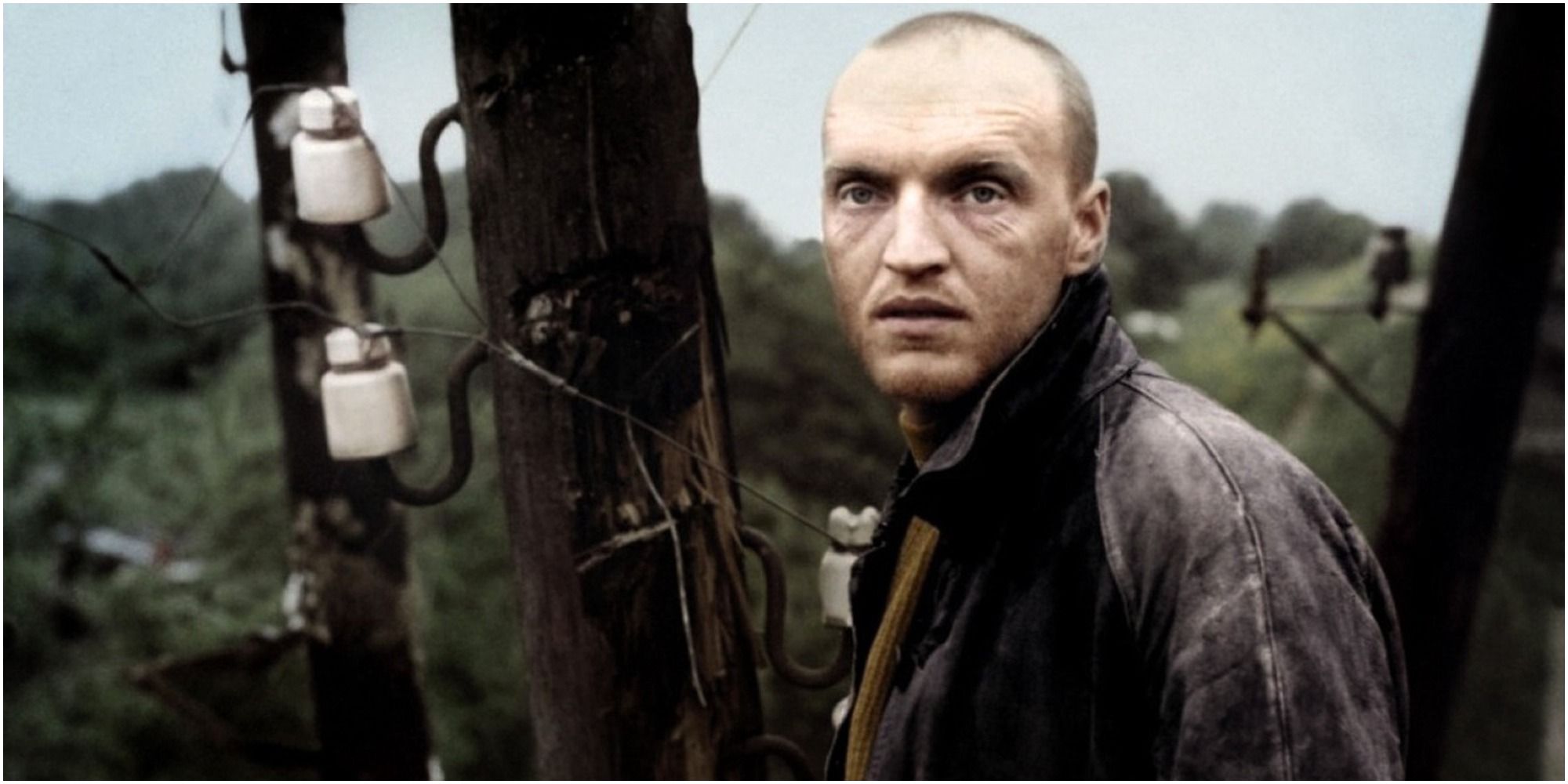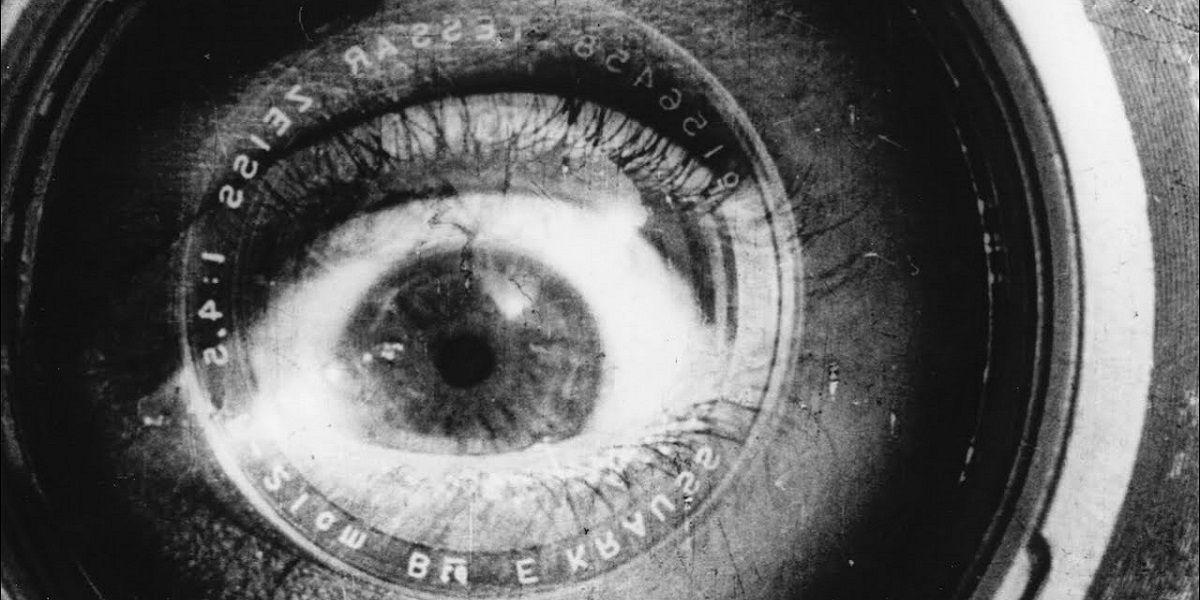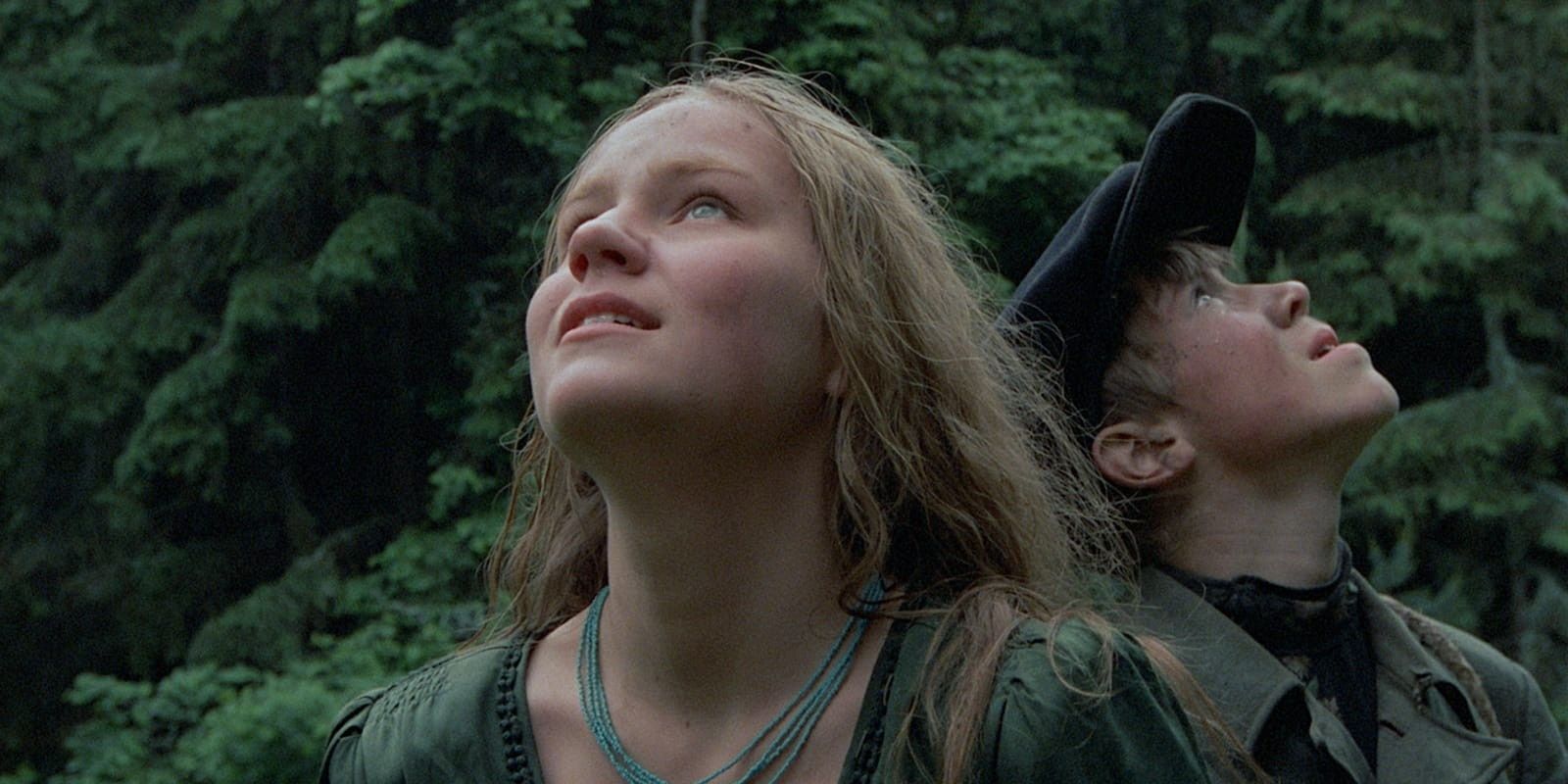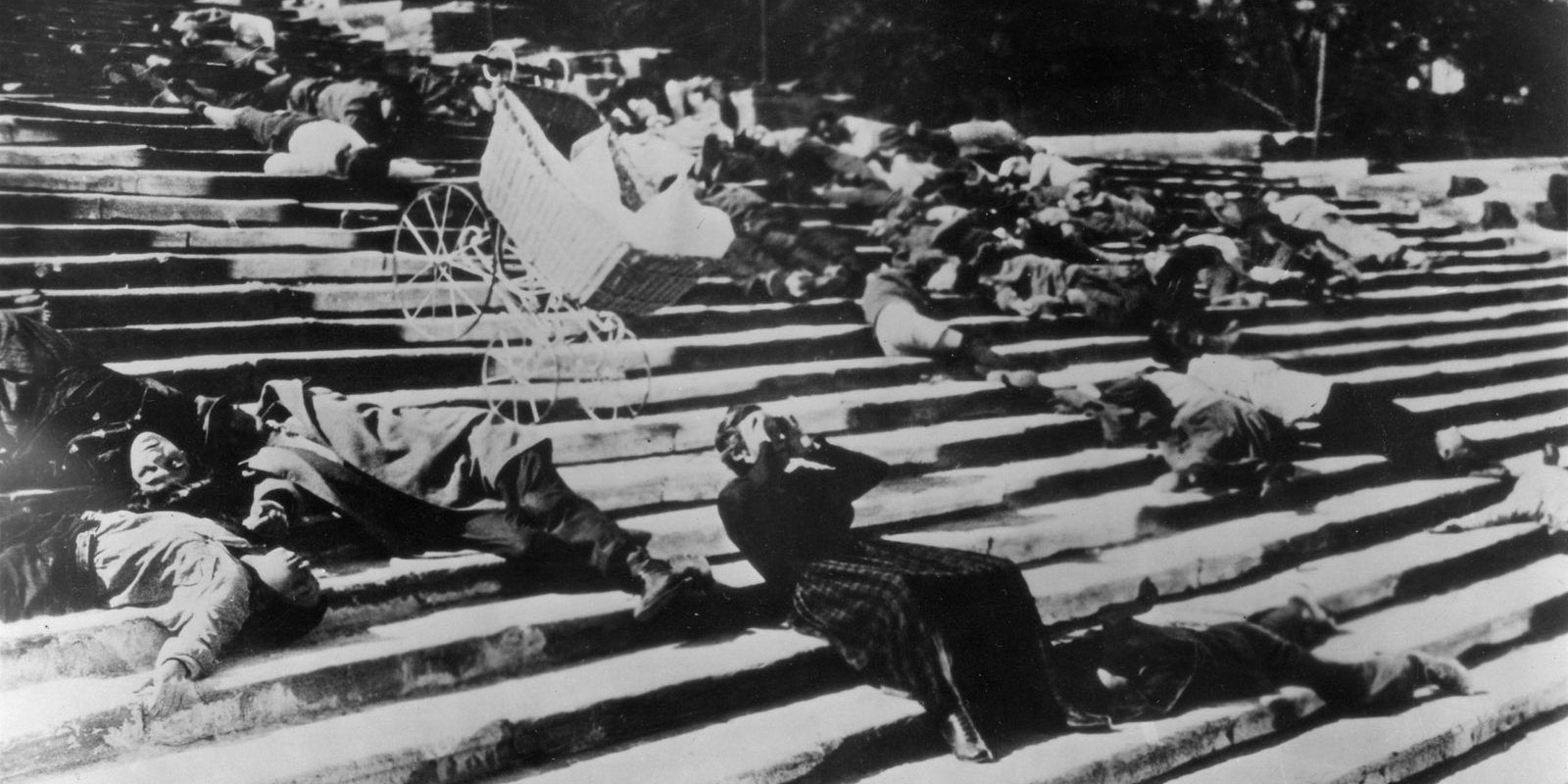With HBO's Chernobyl getting so much attention, it is only natural that Russian and Soviet culture and particularly cinema would get more attention. And, contrary to popular belief, Soviet films used to get numerous awards and influence world cinema just as much as most European films did.
Some modern Russian films like Loveless, Leviathan, and How I Ended This Summer are getting attention outside of the post-Soviet countries, but they are still far fewer than the Soviet films created in the twentieth century. Here are 10 Soviet Classic Films That Made An Impact On World Cinema.
The Color of Pomegranates (1969)
The Color of Pomegranates is an art film directed by Sergei Parajanov, a Soviet director with Armenian roots. The film is entirely in Armenian and is regarded as a poetic interpretation of the life of the Armenian poet Sayat-Nova. The film's style is particularly exceptional as it creates an entirely unique experience.
Along with his Ukrainian-language film Shadows of Forgotten Ancestors (1965), this is Parajanov's most well-known and critically-acclaimed work. Another prominent Soviet Ukrainian film to check out is Alexander Dovzhenko's Earth (1930).
The Irony of Fate, or Enjoy Your Bath! (1975)
The Irony of Fate, or Enjoy Your Bath! is one of the two popular rom-coms directed by Eldar Ryazanov (along with 1977's Office Romance). His other popular film is a 1966 crime comedy-drama called Beware of the Car.
The story follows Zhenya Lukashin who plans to celebrate the New Year with his fiancee Galya in their new Moscow flat. On every New Year's Eve, Zhenya and his friends visit the banya which is a traditional Russian sauna. However, this time, they get so drunk that Zhenya is placed on a plane to Leningrad instead of his friend Pavlik. Once he arrives, he gets a taxi and names his Moscow flat's address which happens to be the same as a flat in Leningrad. Even his key fits the lock, but the owner arrives soon enough and discovers him there.
The Diamond Arm (1969)
Leonid Gaidai is famous for directing numerous classic Soviet comedies that all happen to have an element of crime in them - including Operation Y and Shurik's Other Adventures (1965), Kidnapping, Caucasian Style (1966), The Twelve Chairs (1971), and Ivan Vasilievich Changes Profession (1973) - but his most famous film is The Diamond Arm.
Semyon Gorbunkov is a usual Soviet family man who goes on a cruise trip outside of the USSR. While on the ship, he befriends a fellow tourist who is actually a criminal courier who needs to meet up with the co-conspirators. They will hide the jewels in an orthopedic cast on his arm once he says the code word. Because the co-conspirators have no idea what the courier looks like, they mistake Semyon for him.
War and Peace (1966-1967)
Sergei Bondarchuk, who directed this four-part Academy-Award-winning adaptation of Leo Tolstoy's work of the same name, also directed such important war movies as Fate of a Man (1959) and They Fought for Their Country (1975).
The film is very accurate to the novel and details the events of the French invasion of Russia (known as the Patriotic War of 1812) and the impact of the Napoleonic rule on the Russian society of that time by exploring the lives of five Russian aristocratic families.
The Cranes Are Flying (1957)
Soviet cinema is actually characterized by its abundance of various war movies (for example, Stanislav Rostotsky's The Dawns Here Are Quiet (1972) and White Bim Black Ear (1977) both of which were nominated for the Academy Award for Best Foreign Picture). The Cranes Are Flying, on the other hand, won the Palme d'Or at the 1958 Cannes Film Festival (the only Soviet film to achieve that).
The story takes place in Moscow before and during World War II. The film portrays the horrors and the cruelty of war as well as the damage done to the Soviet psyche as a result of the Great Patriotic War (which is what World War II is known as in Russia).
Moscow Does Not Believe in Tears (1980)
Winning the Academy Award for Best Foreign Picture, Moscow Does Not Believe in Tears became the first widely-acclaimed work of director Vladimir Menshov. One of his other films, Love and Pigeons (1984), is one of the most beloved Soviet comedies.
The film begins in Moscow in the late 1950s and follows three young women who have all arrived in the big city from smaller towns. At some point, the film skips into the future and shows how their lives changed twenty years later.
Stalker (1979)
When it comes to directors, perhaps the most well-known and praised Soviet director outside of the USSR is Andrei Tarkovsky. He has his own distinct style despite having directed films of all genres: the sci-fi film Solaris (1972), the war drama Ivan's Childhood (1962), the biographical historical drama Andrei Rublev (1966), the art film Mirror (1975), and others.
Though it's hard to compare the films as they are all great, Stalker is probably the one that stands out the most. This sci-fi art film follows three characters who embark on a journey to have their wishes granted: Stalker who guides the trio, a melancholic writer who seeks inspiration, and a professor who seeks scientific discovery.
Man with a Movie Camera (1929)
At the time of its release, Dziga Vertov's Man with a Movie Camera was dismissed as a joke. Now, it is regarded as one of the greatest films ever made featuring amazing cinematography, unusual editing, and groundbreaking filmmaking techniques invented by Vertov during the creation of the film.
The film is considered an experimental silent documentary without any actors while featuring such cities as Moscow, Kiev, Odessa, and Kharkov. The film follows regular Soviet citizens working, playing, and going about their lives.
Come and See (1985)
Yet another important war film, Elem Klimov's Come and See is also considered one of the greatest films ever made. Other great Soviet war films to see are the Vasilyev brothers' Chapaev (1934) and Grigori Chukhrai's Ballad of a Soldier (1959).
Come and See focuses on the Nazi occupation of Belarus that lasted from 1941 to 1944. The events are told through the eyes of a young Belarusian partisan named Flyora. The film combines hyper-realism with surrealism to show just how much suffering people had to go through at the time.
Battleship Potemkin (1925)
Sergei Eisenstein's Battleship Potemkin has been consistently featured in the top film lists of all time as well as being named the greatest film ever made at the Brussels World's Fair in 1958. It is also an important film for the history of cinema thanks to its Soviet montage. In addition to that, it is the only Soviet film whose screenplay is studied in film schools all around the world.
The film tells the story of a 1905 mutiny that occurred on the Russian battleship "Potemkin". Other significant films that Sergei Eisenstein has directed include Alexander Nevsky (1938) and Ivan the Terrible (released in two parts in 1944 and 1958).

